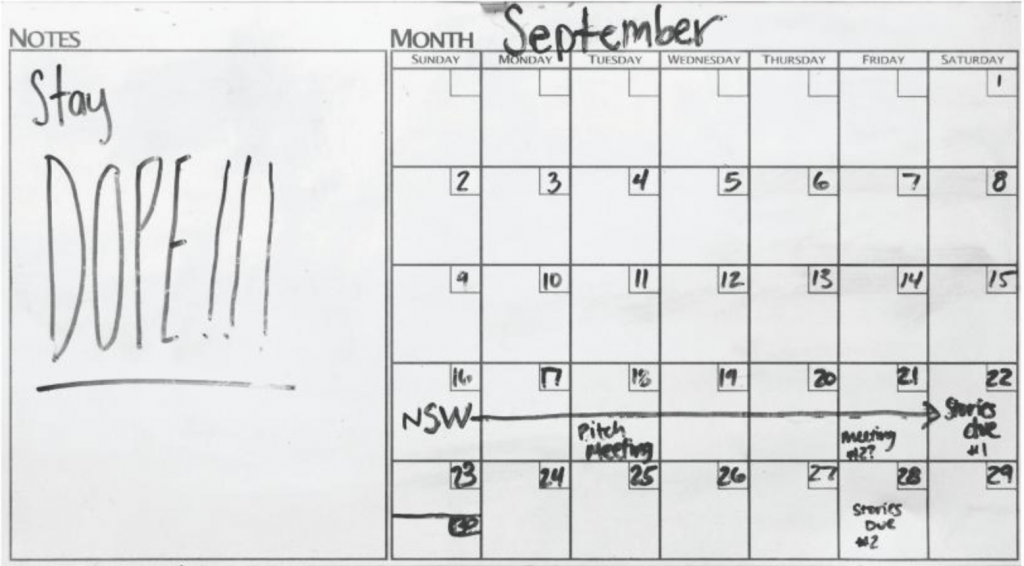
Rebecca Meyers | Lifestyle Editor
On the first day of class, it’s usually easy to spot the type of student with a color coded planner and neatly outlined schedule. For me, unlike these students, organization can be a challenge that requires constant effort. For those who need it, I’ve put together a number of different ways to stay organized when the common suggestions fall short.
It’s important to remember that not everything works the same for everyone. In my case, I used to repeatedly buy planners with the intention of using them throughout the year, hoping I’d keep the habit like some of my classmates. However, the pages would remain empty after the first few weeks of classes. I figured out that, as a visual learner, I also remember things better when I have frequent visual reminders.
This year, instead of buying a planner, I bought a large calendar and hung it near my desk, where I would clearly see my schedule laid out for me. I then applied this logic to my to-do list as well. Instead of writing it down in the back of a notebook, I wrote it on a whiteboard next to my bedroom door. It’s harder for me to miss that online assignment when it’s literally staring me in the face. For me, having a visual aid is effective, so students should consider trying multiple techniques until they find the one that works right for them.
It’s not just space but also time that can be utilized to keep life straight. Many of us have had the experience of being out with friends, ready to have a good time, only to be followed by the nagging feeling that something’s been forgotten. It can be helpful to get into the habit of checking Moodle, email or the calendar or planner in those short moments between classes or before work that might otherwise have been spent on social media. This reduces the chance that that assignment will be remembered at 2 a.m. the night before.
Another challenge is that it’s easy to become overwhelmed when there’s a long list of things to do and no plan. Even if planning out every hour of your schedule isn’t your strong suit, even taking small steps in advance will help get that assignment started quicker.
While living the ultra-organized life isn’t for everyone, that doesn’t mean us disorganized people need to shoulder more stress.
Contact the author at rmeyers17@wou.edu
Photo courtesy of Paul F. Davis


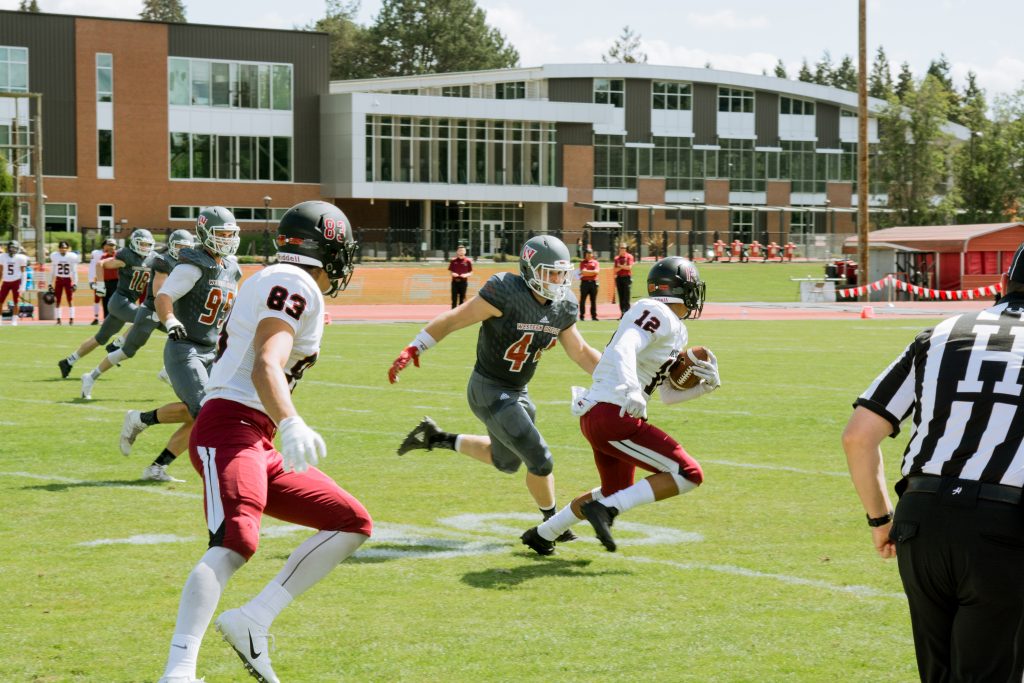
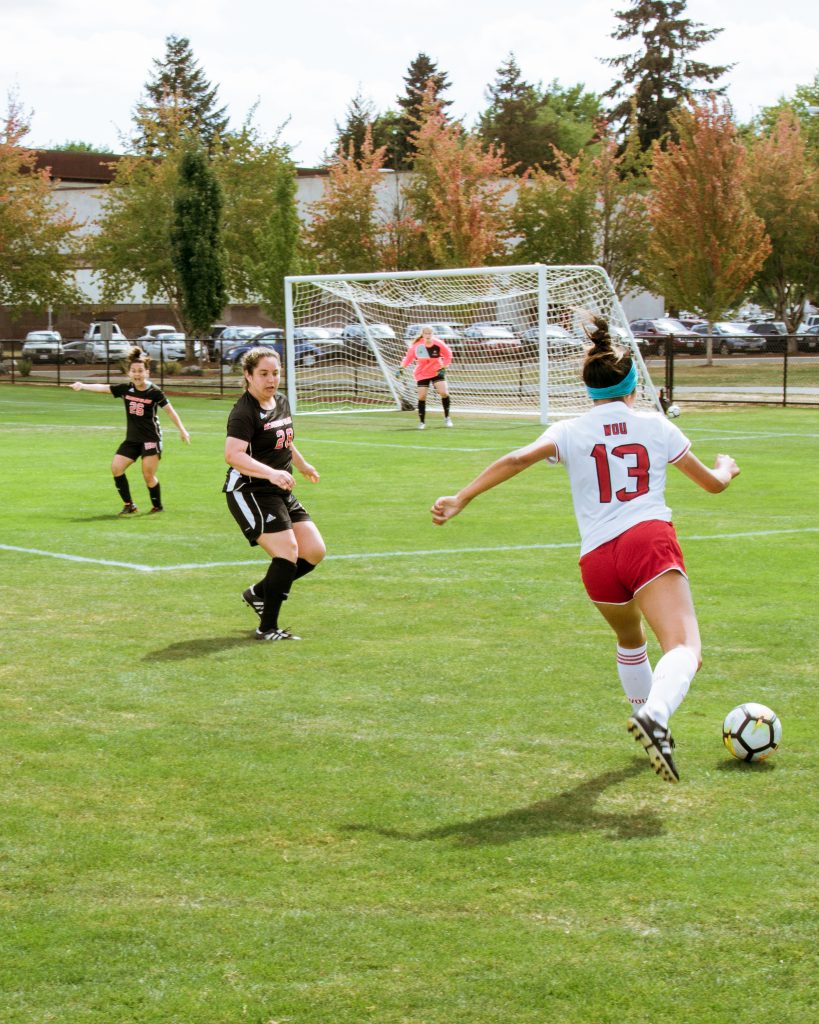
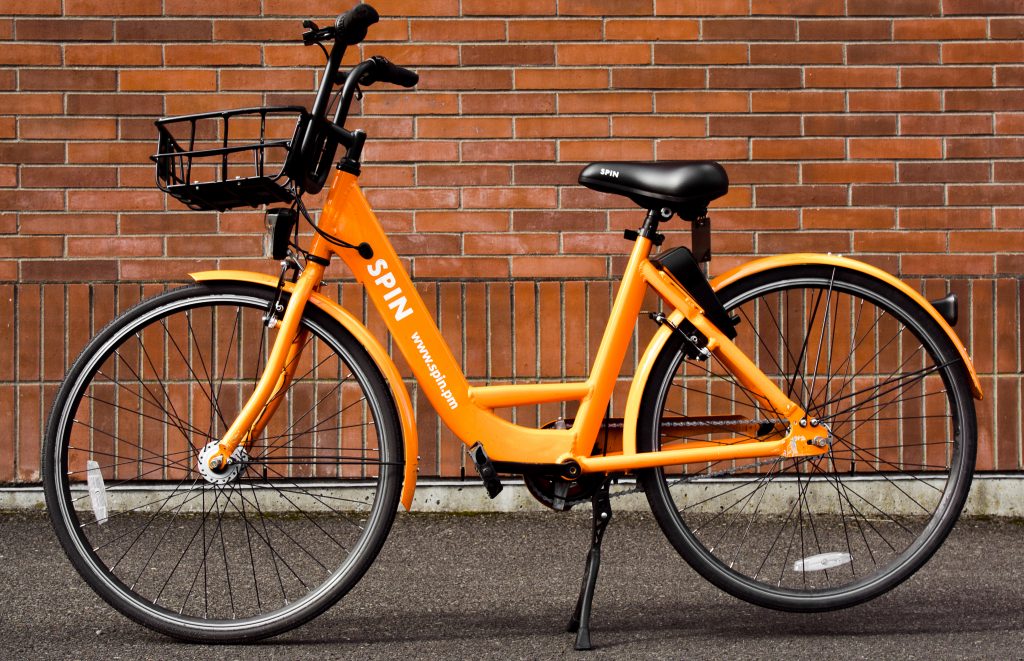


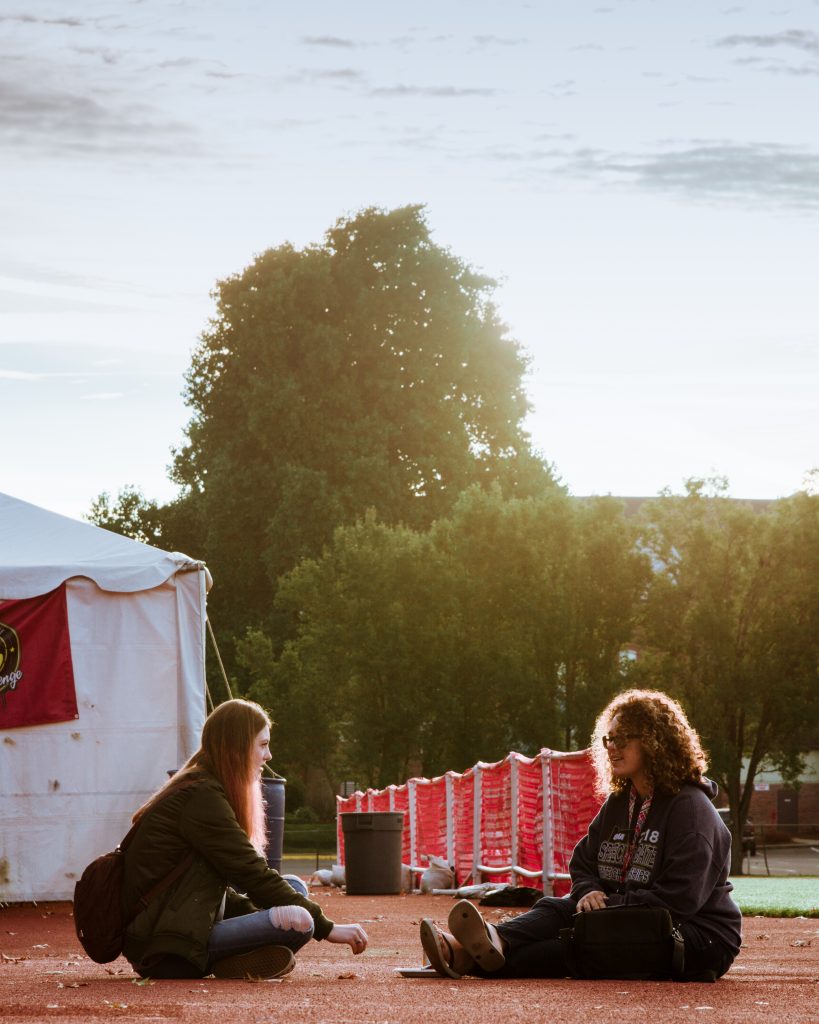 “Transitioning into becoming an adult was very challenging in general, but as a college student we are expected to manage all the generic adult responsibilities while also juggling college. I was not prepared. You really have to teach yourself how to work with a budget and work while maintaining (your) mental health.”
“Transitioning into becoming an adult was very challenging in general, but as a college student we are expected to manage all the generic adult responsibilities while also juggling college. I was not prepared. You really have to teach yourself how to work with a budget and work while maintaining (your) mental health.”